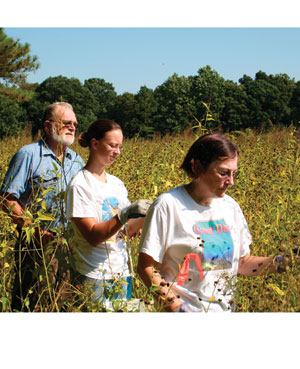November 2007
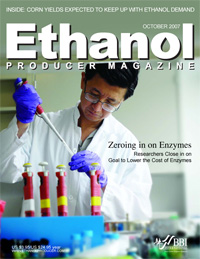 View Full Print Edition
View Full Print EditionBusiness Briefs
Columns
The Way I See It
By Mike Bryan
Projects face market challenges
By Craig A. Johnson

Choose Consultants, Partners and Contracts Carefully
By Christopher R. Sackett
View from the Hill
By Bob Dinneen

Editor's Note
By Tom Bryan

NBB In Sight
By Alan Weber

Talking Point
By Paul J. Nazzaro
Featured

Finding Balance in a Volatile Market
By Bryan Sims
Although funding for new ethanol plants hasn't totally dried up, the same pitch developers made to banks last year probably won't produce the same results today. In the current lending environment only well-established producers with solid concepts, ideal sites and an experienced management team will bring home the bacon.

Sweetening the Pot
By Jessica Ebert
As the U.S. Senate continues to haggle over its version of the Farm Bill, the counterpart legislation passed by the House holds a provision that has some ethanol producers and sugar processors talking. Under the provision, the government would be allowed to sell surplus sugar to ethanol producers.

Higher Profits with Tighter Moisture Controls
By Ron Kotrba
EPM talks with Drying Technology Inc. about its Delta T Moisture Control System to save ethanol producers cash by gaining tighter moisture control in their distillers grains dryers.
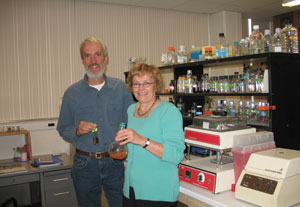
The Holy Grail of Consolidated Bioprocessing
By Jessica Ebert
The race to commercialize a scheme for producing ethanol from an array of biomass feedstocks that is cost-competitive with the fossil-based alternative is muddied by a labyrinth of expensive and time-consuming technologies. A new spin-off company, however, aims to commercialize a consolidated bioprocess that promises to create a renewable competitor for gasoline.
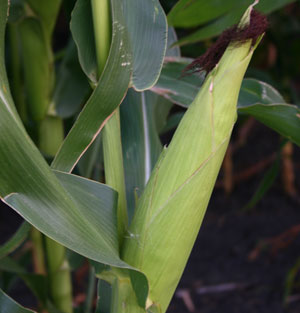
Corn Marches On
By Jerry W. Kram
U.S. farmers responded to higher corn prices by seeding record acres and harvesting a bin-busting crop. While the prospect of an unprecedented corn crop has eased price pressure somewhat, events overseas have kept prices higher than expected.
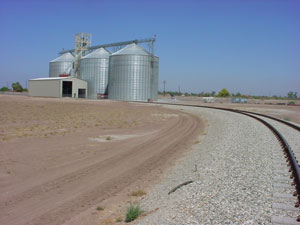
Imperial County's Emerging Ethanol Empire
By Ron Kotrba
The Imperial Valley in southeastern California is teeming with ethanol project activity. Beef and dairy operations are hefty in the valley, and agriculture thrives with diverted Colorado River water. EPM investigates why this county has attracted so much attention from would-be ethanol producers.
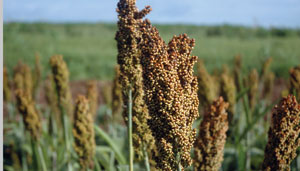
Tall Texas Sorghum
By Susanne Retka Schill
Sorghum is an old crop getting a new twist at Texas A&M University where researchers are working on two versions simultaneously—new tall hybrids for biomass and new sweet sorghum hybrids.

The Blenders Are Back
By Nicholas Zeman
The only way ethanol producers can keep increasing production capacity is to ramp up demand. South Dakota ethanol proponents believe blender pumps are an excellent tool to increase sales of the renewable fuel and to dispel the myth that E10 is the optimum blend rate for nonflexible-fuel vehicles.
Research Reveals New Biofuels Link
By Anduin Kirkbride McElroy
Crude glycerin is a low-value byproduct of the growing biodiesel industry. But one company, Glycos Biotechnologies Inc., sees potential for the product as a feedstock for ethanol production.
High-Voltage Debate Over Renewable Electricity Mandate
By Anduin Kirkbride McElroy
The U.S. Congress is getting closer to passing a renewable electricity mandate, which could mean dramatic growth for the biomass industry. Ironically, the Southeastern states-the region most likely to benefit from the development of the biomass industry-are resisting such a mandate.
Neutralizing Landfill Leachate
By Nicholas Zeman
With waste management, liquid solutions and fuels divisions, St. Louis-based GEI Development, is poised to impact the biomass realm. Biomass Magazine talks with one of the creators of the trademarked E-VAP process, a leachate treatment solution for the waste management industry. Now, the company is bringing the recycling synergies to biodiesel production.
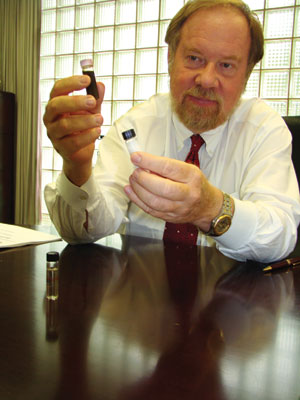
The Fischer-Tropsch/Fat Connection
By Susanne Retka Schill
The Syntroleum Corp. team and its investors always knew their technology was solid. That confidence was renewed when the company signed a deal with Tyson Foods Inc. to commercialize its refining technology-turning animal fat into renewable diesel and jet fuels. With that process under its belt, Syntroleum plans to turn to biomass gasification.

Renewed Interest in Bovine Biomass
By Bryan Sims
Researchers are taking another look at animal-processed fiber (APF), a coproduct of the anaerobic digestion process. APF contains an abundance of protein and fiber fractions such as cellulose, hemicellulose and lignin and can be used for a variety of biobased products.

From Concept to Commercialization
By Jerry W. Kram
Figuring out how to make fuel and chemicals from biomass is only the first step, making those processes economically viable is the ultimate goal. Researchers at the National Renewable Energy Laboratory in Colorado work with large and small businesses to turn their discoveries into commercial successes.

Closing the Energy Circle
By Ron Kotrba
Green Circle Bio Energy Inc. is building the world's biggest wood pellet plant in the heart of the largest plantation-style pine forest in the world. Until U.S. legislation promoting biomass power catches up with directives in Europe, these pellets will be exported to a handful of European power companies.
A Delaware research effort is focused on producing biodiesel from seashore mallow. The pink-flowering perennial resembles a soybean plant, and its seeds produce about the same amount of oil. Unlike soybeans, the plants can be grown in salty soil, which makes them a perfect fit for production in shoreline areas impacted by rising sea levels and high tides.
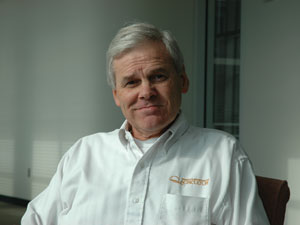
Minnesota Raises the Bar
By Bryan Sims
Minnesota Gov. Tim Pawlenty's proposal to implement a statewide B20 standard by 2015 didn't surprise residents as they were the first to fuel up with E10. Biodiesel Magazine talks to organizations tasked with meeting the state's aggressive renewable fuel mandates.
Supersized Algae Bioreactors
By Jerry W. Kram
The biodiesel industry is facing a feedstock crisis and desperately looking for alternatives. Even the best alternatives to virgin vegetable oil could take years to develop. Or will they? A Dutch firm with ties to the biodiesel industry is the first to market an industrial-scale algae photobioreactor that may provide a solution to oil-hungry producers.
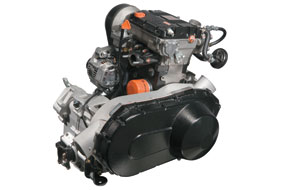
Small-Engine Ingenuity
By Nicholas Zeman
All-terrain vehicles have served off-road needs on the farm for years. Now a new product from Arctic Cat Inc. will give farmers the opportunity to fuel these workhorses with biodiesel produced from the soybeans they grow. It also gives the renewable fuel an opportunity to prove its worth to small-engine manufacturers.

Court Snubs Clean Diesel Technology
By Anduin Kirkbride McElroy
The 9th U.S. Circuit Court of Appeals ruled that publicly funded fleets in southern California can be required to buy low-polluting vehicles that run on compressed natural gas or other alternative fuels. Should the biodiesel industry be concerned about a possible precedent?
Contributions
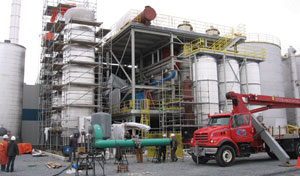
Learning from the Experts
By Craig Pilgrim
The Right Choice in Regulating Airflow
By Jay Henderson and Tom Kuli
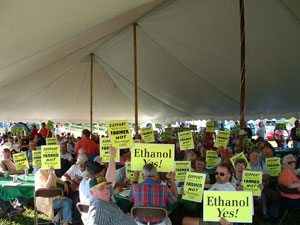
Grassroots Outreach Critical for Ethanol Plant Approval
By Mary Claire Lanser
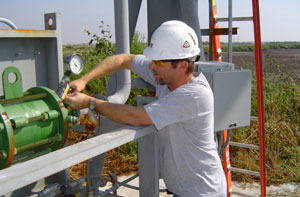
Applying NSPS Changes to Ethanol Producers
By John Schneider

What the Largest Corn Crop in History Means for Ethanol Producers
By Elaine Kub and Rick Kment















